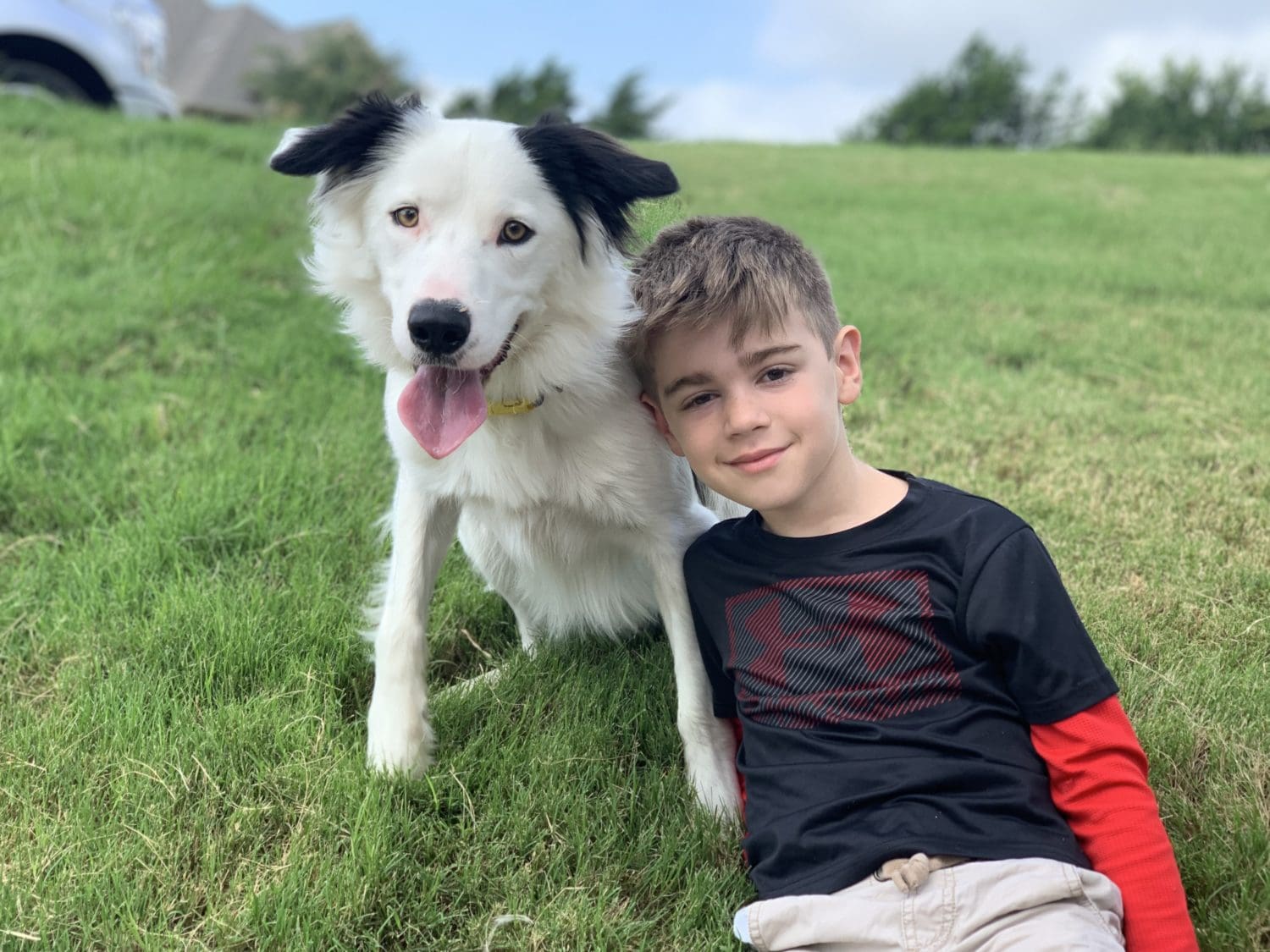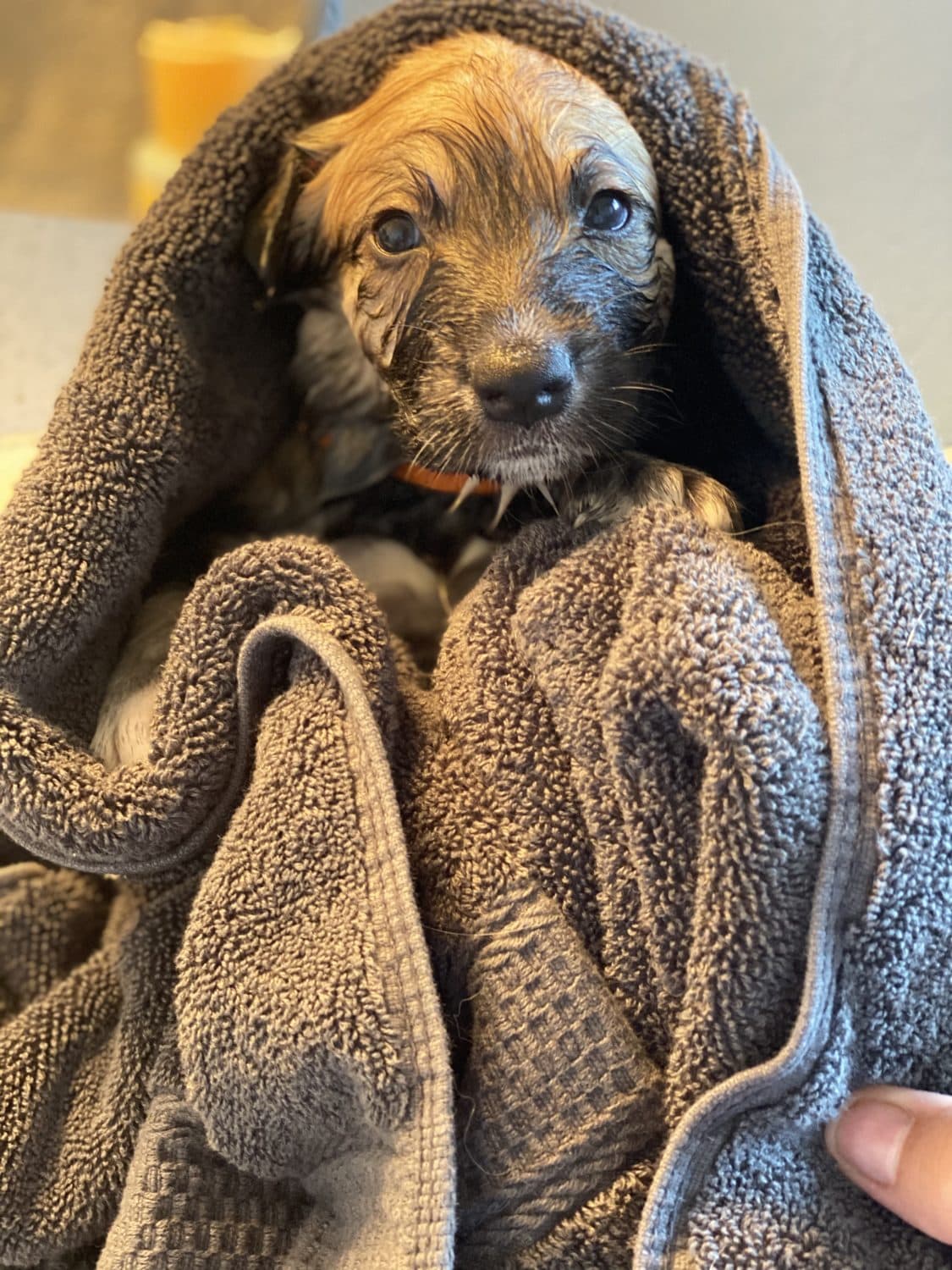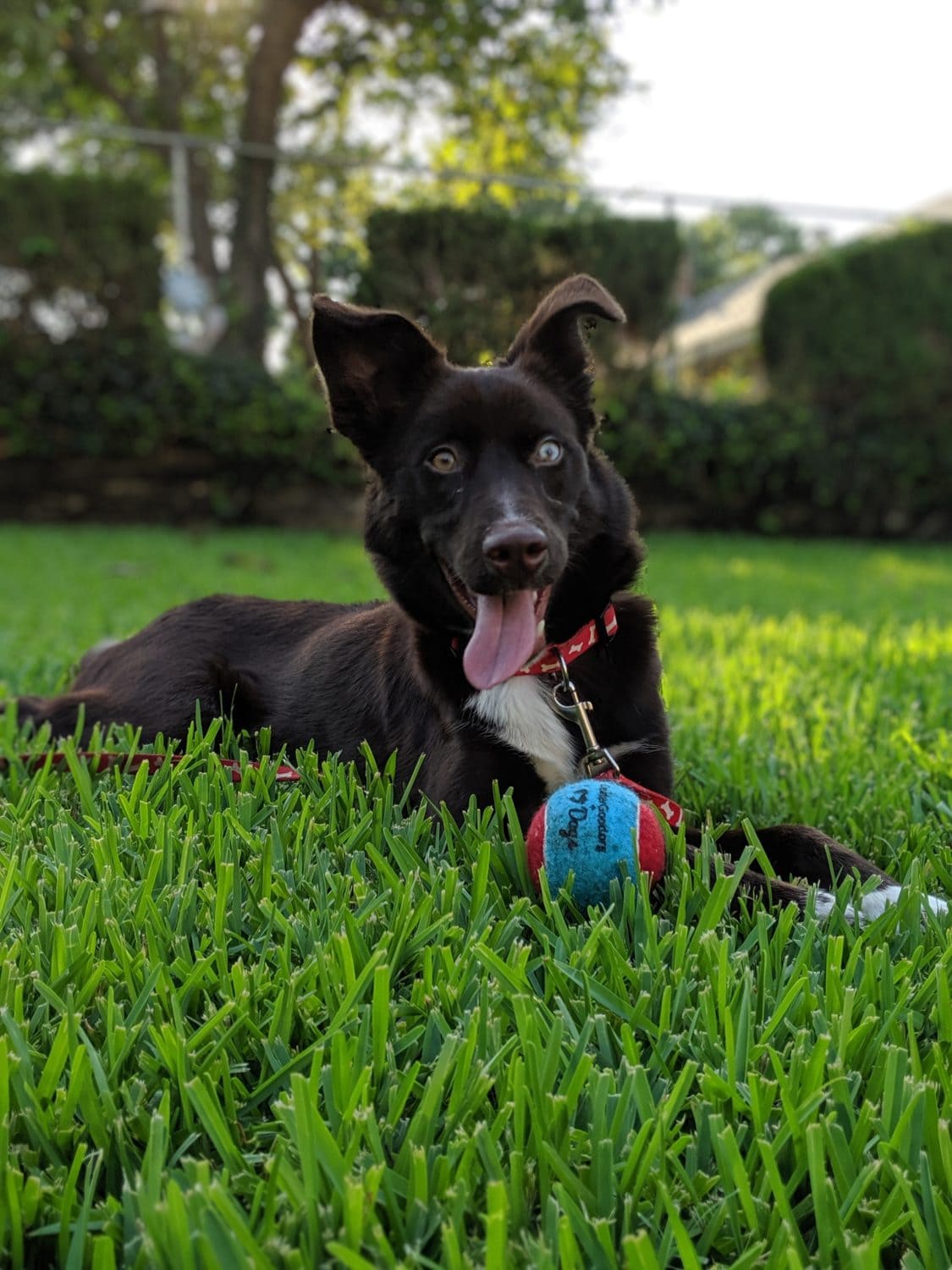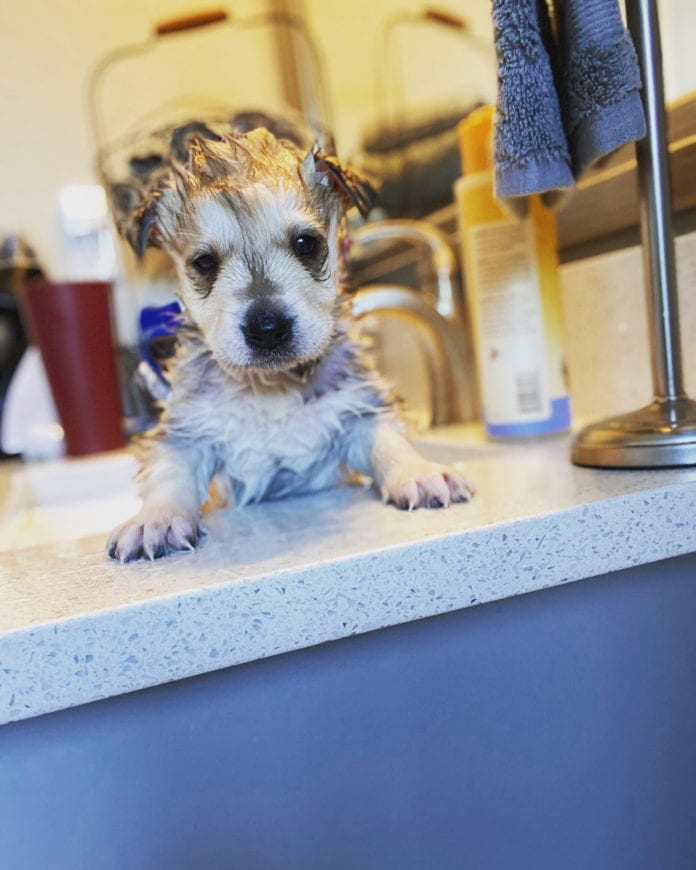Pet Fur May Carry COVID-19 Virus Particles
The rapid and dynamic spread of COVID-19 necessitates that we all make changes to our lifestyles, including important measures such as social distancing, increased hygiene, and maintaining a sanitized environment.
Pet owners may need to take additional precautions, because, while there is currently no evidence that pets can contract COVID-19, a pet’s body, like any other frequently touched surface, may carry particles of the virus if touched by infected individuals.
Dr. Deb Zoran, a professor at the Texas A&M College of Veterinary Medicine & Biomedical Sciences (CVM), informs pet owners of what steps they should be taking to protect themselves and their homes from the virus.
Just as healthy members of a household should avoid contact with anyone who may be infected, pets should also be kept away from sick or quarantined individuals.
“Everyone with pets should plan ahead and be prepared to separate from your pets when you separate from your family if you have someone become ill,” she said.
A sick person who lives with or pets an animal may “shed” the virus onto their pet, who could then infect a healthy individual who pets them; this includes all animals with fur, from dogs and cats to “pocket pets” like ferrets, hamsters, and guinea pigs.
“If a pet is living in close quarters with, sleeping with, or frequently touched by a sick person and that sick person has to go to the hospital, that pet is going to need to have a decontamination bath or have its coat wiped down with a moist towel or paper towel before that pet can stay with somebody else,” Zoran said.

Zoran also emphasizes that the risk of contracting the disease from a pet by any other means is almost non-existent based on all of the scientific evidence and the testing of pets that has occurred to date.
“If we just separate the animal as soon as the person feels unwell, has a fever, or is diagnosed with COVID-19, then these bathing precautions or concerns for being a carrier would not be needed,” she said.
It also is important to remember that any animal that comes in contact with an infected person can be cleaned to ensure that the animal is not carrying COVID-19 in their fur, according to Zoran.
How To Bathe Your Pet To Remove COVID-19 From Fur
“The bath process for pets should be gentle and without spraying them aggressively so as to prevent the material spraying into your face,” Zoran said. “When bathing your dog, simply get their coat wet all over and use enough soap to lather. The soap will breakup and loosen the oils on the skin and haircoat, which is where the virus sits, and then, with gentle water, washing to remove all of the soap lather will remove anything that is attached on the coat, including the virus.”

Zoran recommends that owners use dish soap but pet shampoo or even baby shampoo, if you don’t have a specific shampoo for dogs, will work when cleaning animals for this purpose.
In addition, to avoid the splash back of soap or water onto the person bathing the pet, owners should take care to use low water pressure and wear protective clothing.
“Cover up your face with a bandana, for example. Wear goggles, glasses, or other shielding for your face. Bathe the animal slowly to prevent them from struggling, use low pressure or low volumes of water to prevent splashing,” Zoran said. “Once the bath is completed, dry the pet and remove it from the area into a kennel or other clean area.
“Then, remove the clothes you are wearing, launder these, and if you got any wash water on you during the process, take a shower or wash hands/arms or other exposed areas with soap and water,” she said.
If you have access to waterproof clothing, such as a rain suit, poncho, or even a homemade trash bag rain jacket, Zoran recommends wearing that as a barrier against the bath water.
Animals should be bathed in areas that are easily cleaned (bathtub or deep sink)—and following the bath the area should be sanitized with standard cleaning products.
If picking up a pet from a sick relative, Zoran recommends bathing the animal before traveling with the pet, if possible, or keeping the animal in a pet carrier until the pet can be bathed at the new location. Once the pet arrives, the pet carrier can be sanitized with standard cleaning products.
Owners of pets that are resistant to baths—such as cats, hamsters, or ferrets—may want to take their animal to a veterinarian so they can be sedated before being bathed. This avoids putting unnecessary stress on the animal and reduces the risk of dirty water splashing the owner or bites/scratches that can occur during the process.
“The other alternative, when a veterinarian or a bath is not an option, is to use a wetted towel to wipe down the cat from head to tail and then top to bottom,” Zoran said. “Soap can be added to the wipe, but it must completely removed, as the cat will groom themselves and consume the soap.

“With COVID-19 and pets, it’s important to plan ahead if at all possible. But if a pet is living with a sick person, the pet can be safely cleaned will not be dangerous to other family members,” Zoran said. “People do not need to be fearful of their pets getting the virus or making other people sick, but their pets could carry it around on their fur, which means their fur is just like the surfaces in a house (doorknobs, keyboards, phones, etc.) that can be a source of virus exposure. The biggest difference is we can’t use sanitizing wipes or hand sanitizer on fur.”
Though pet owners should be cognizant of with whom their pet has recently interacted, there is no reason to believe it is unsafe to keep their pet in their homes or to take them for walks or other activities that you can do while maintaining social distancing.
During this difficult time, pets will continue to serve as hopeful companions that see us through to healthier times.
“Pets are so important to family, and they’re so much a part of people’s peace of mind,” Zoran said. “Have a plan in case somebody gets sick, so you know that you can take care of that pet, and you don’t have to worry about it.”
Pet Talk is a service of the College of Veterinary Medicine & Biomedical Sciences, Texas A&M University. .













